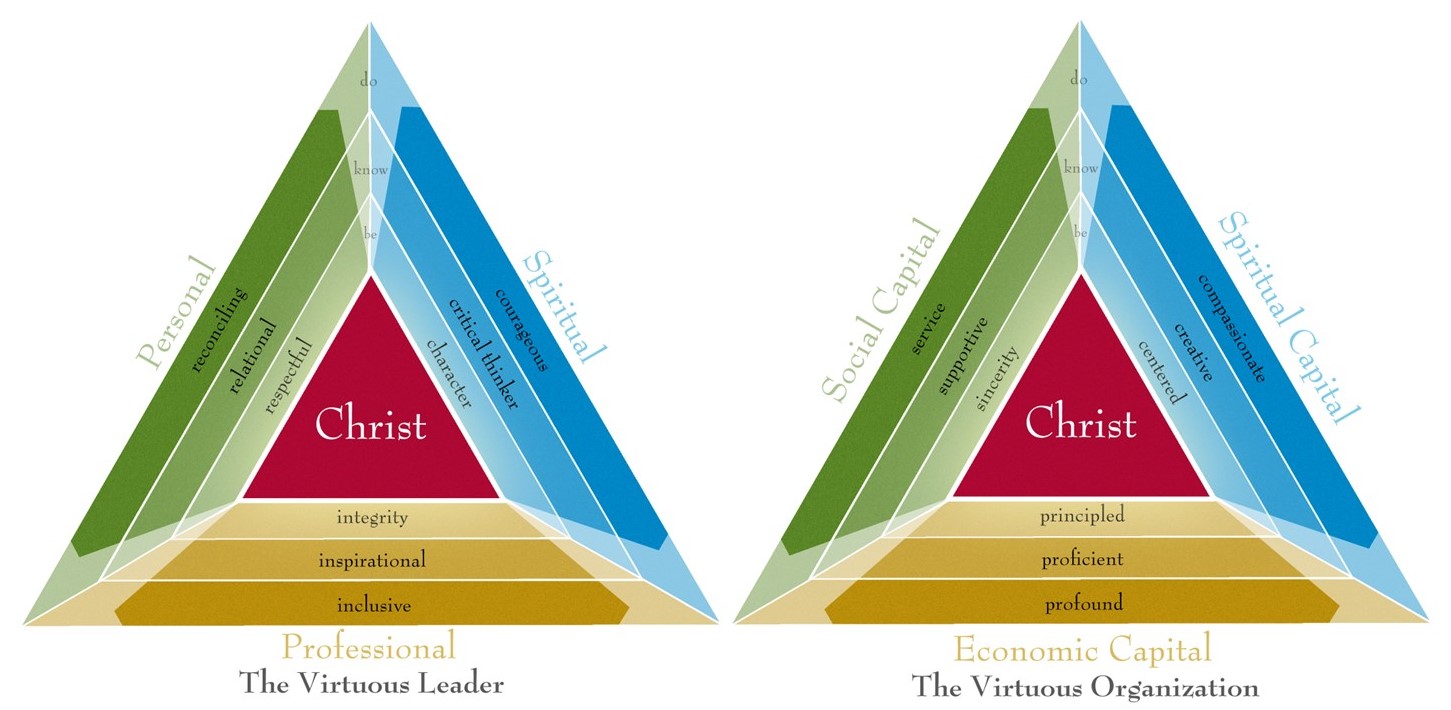The Discerning Reader and Writer
In the text How to Critique Journal Articles in the Social Sciences, Harris (2014) writes in the first chapter—and then repeatedly throughout the remaining chapters “there is a recurring theme that runs through the book: Research is better than ordinary human inquiry but is far from perfect” (p. 8). The aim of the text is to heighten your sensitivity to the notion that when you engage with social science research, you need to do it with eyes (and mind) wide open—not naively—but with a healthy dose of skepticism. Just as in art where the craftsperson who has a discerning eye can expertly critique what appears to be a masterful work to the novice artist, you, too, are gaining mastery skills for how to critique social science research, and that includes your own. That skillful discernment carries over to not only the substantive content of the study but the way it is carried out, written up, and presented.
For this assignment, you will read three chapters: the first on measurement, the second on sampling, and the third on analysis. If ever there are sections of research that can be likened to art, surely it is housed in those three. The researcher operates as both scientist and artist as he or she takes a hunch or idea or hypotheses and digs deeper to find the reality of what exists and what does not, and then seeks to present the findings in both practical and aesthetic ways for the readership. Consider how your approach to scholarly endeavors and search for knowledge and truth can be metaphorically likened to what Michelangelo said about his masterful sculpting:
“The sculpture is already complete within the marble block, before I start my work. It is already there; I just have to chisel away the superfluous material.”
Research often involves hundreds or thousands of pieces of data. Information can be compiled for many different variables, and computer programs can be used to model the relationships between them. From their reading of prior studies, social scientists bring a deeper theoretical understanding of the many constraints that shape human behavior, which informs their sampling, measurements, and analyses. Then, as they compose their final reports, researchers describe their findings with precision and caution rather than speaking in hyperbole. All of this is, arguably, far superior to ordinary human inquiry. (Harris, 2014, p. 84)


References
American Psychological Association. (2020). Publication manual of the American Psychological Association (7th ed.). https://doi.org/10.1037/0000165-000(new tab)
Harris, S. R. (2014). How to critique journal articles in the social sciences. Sage.
Upon successful completion of this discussion, you will be able to:
- Integrate the Virtuous Business model into their reading, research, writing, and reporting.
Instructions
- Review the rubric to make sure you understand the criteria for earning your grade.
- Read chapters 5, 6, and 7 in How to Critique Journal Articles in the Social Sciences.
- Locate, download, and read one full-text, quantitative, scholarly article at least 10 pages in length that would be beneficial for a research study on the Virtuous Business Model. Use the quantitative scholarly article to address the following prompts:
- For Chapter 5, answer all the questions for #1 in Exercise 5.2 (p 59).
- For Chapter 6, identify existing sampling limitations.
- For Chapter 7, complete the inquiry in Exercise 7.2 (p. 81).
- Use Grammarly to edit your discussion post and classmate response before submitting.
- Use APA formatting for all citations and references.
- Submit the initial discussion post by Day 5 of the workshop.
- Read and respond to at least one of your classmates’ postings and any follow-up instructor questions directed at you by the end of the workshop. When responding, utilize at least one of the following ways to engage in scholarly dialogue:
- Extension: Expand the discussion.
- Relevancy: Relate the topic to a current event.
- Exploratory: Probe facts and basic knowledge.
- Challenge: Interrogate assumptions, conclusions or interpretations.
- Relational: Make comparisons or contrasts of themes, ideas, or issues.
- Diagnostic: Probe motives or causes.
- Action: Identify application or an action in personal or work life.
- Cause & Effect: Cite causal relationships between ideas, actions or events.
- Hypothetical: Pose a change in the facts or issues.
- Priority: Seek to identify the most important issues.
- Summary: Elicit synthesis

